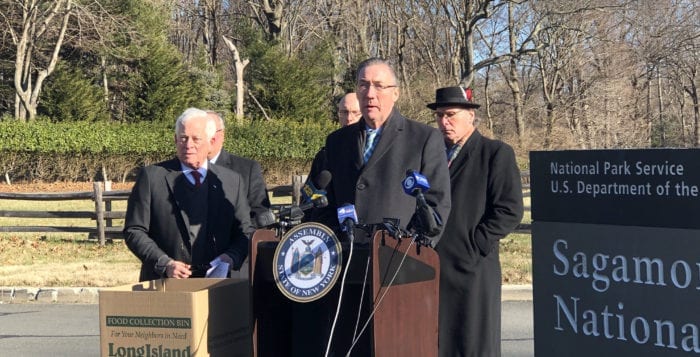By Elof Axel Carlson

Life abounds from pole to pole and from the bottom of oceans to the peaks of Asian mountain tops. It does this by using the air, water and land to sustain life.
For most of the time on Earth life was confined to single-celled organisms, mostly bacteria. They take in water across a cell membrane. Most do not use oxygen from the air. Those that do came later, when some bacteria developed tools to use sunlight to combine carbon dioxide in the air with water to produce food (carbohydrates) and more abundant energy for the cell. They released oxygen and the atmosphere began to accumulate oxygen.
Most forms of multicellular life use oxygen from the air to provide the energy to sustain their cellular life. Multicellularity permitted specialization of cells to form tissues, and the tissues then permitted organs to specialize in exchanging carbon dioxide (a waste product for animals) for oxygen.
The branching of limbs on trees is efficient to increase surfaced area for gaseous exchanges. So too are the branching of filaments in the gills of fish or the trachea of insects or the branching of the bronchi in our lungs.
When I see a tree, I see those organ systems reaching skyward with terminal leaves and an equally branched underground of roots, which are bringing in water and minerals from the land into which they are penetrated. The artist sees the beauty of the landscape. The mystic feels the awe of the complexity that seems beyond human comprehension. The scientist explores the structures and assigns functions as they emerge through the tools of science and experimentation.
It is as thrilling to me to see the cellular network of living tissues or organs under a microscope as it is to watch the changing scenery of life when driving from Indiana to New York, or taking walks in Amsterdam, Capetown, Samara, the Seychelles, the nature preserves in Kenya or the beaches of Baja Mexico.
I think of life through time as a fractal drawing with many repetitions creating new patterns. All of life requires a few basic activities. Life requires molecules to form membranes. It requires carbon-based compounds to produce the organelles that compose a cell. All life (except viruses) is cellular. Life requires molecules that can store information to provide the molecules of life — proteins, nucleic acids, carbohydrates and lipids.
I think of the tools of the artist — a palette, brushes, tubes of oil paint, a canvas stretched on a frame, an easel to hold it. The artist can meticulously render a face, a still life or a landscape with the skills of many hundreds of hours of practice.
Life also uses cellular tools to construct more complex membranes, organelles, chromosomes and vesicles to a symphony of functioning parts. Science enriches our understanding, opens new worlds of the very small and the very large that we do not normally see. At most, a galaxy other than our own Milky Way is a mere dot in the sky, but close up it has 100 billion stars in it, most of them like our own sun. Our universe has billions of galaxies.
As I type a page for an article or book, I am aware that I am coordinating the 37 trillion cells composing me. Human life mimics the universe in its immensity as our Earth now contains some 7 billion people. But this is humbled by the immensity of the astronomer’s universe or the biologist’s inventory of our own cells.
Elof Axel Carlson is a distinguished teaching professor emeritus in the Department of Biochemistry and Cell Biology at Stony Brook University.




















